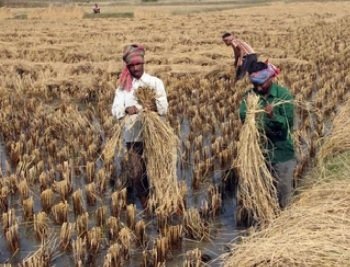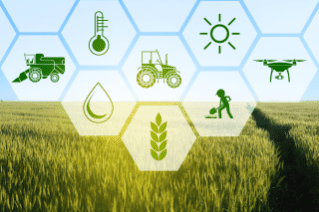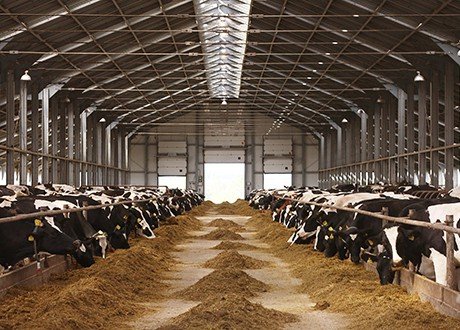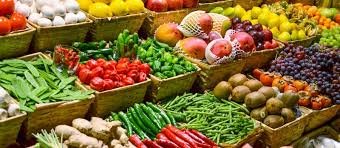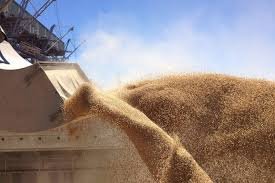Record number of paddy farmers benefitted through MSP
The procurement of paddy at Minimum Support Price is done through the Food Corporation of India (FCI) and state agencies
During Kharif Marketing Season (KMS) 2020-21, on MSP procurement of paddy, 128.36 lakh farmers (including the farmers of Chhattisgarh) were benefitted so far as against 124.59 lakh farmers last year. Similarly, due to MSP procurement in Rabi Marketing Season (RMS) 2021-22, record 49.14 lakh farmers benefitted against 43.35 lakh last year. The procurement of paddy at Minimum Support Price (MSP) is done through the Food Corporation of India (FCI) and state agencies.
This information was given by the Union Minister of Agriculture and Farmers Welfare Narendra Singh Tomar in Lok Sabha.
According to Tomar, there exists a transparent and uniform policy for MSP procurement of food grains including paddy by government agencies across the country. Under this policy, whatever food grains are offered by farmers within the stipulated procurement period, conforming to the specifications prescribed are purchased at MSP by the government agencies including FCI. However, if any farmers/producers get a better price in comparison to MSP, they are free to sell the produce in the open market.
The Minimum Support Price is announced by the government at the beginning of the sowing season of crops based on the recommendations of the Commission for Agricultural Costs and Prices (CACP). This enables the farmer to make an informed decision about the choice of crop to be grown.
MSP operations are given wide publicity through pamphlets, banners, signboards radio, TV and advertisements through print and electronic media. Farmers are made aware of the quality specifications and purchase system etc. to facilitate the farmers to bring their products conforming to the specifications. A large number of procurement centres are opened by respective state government agencies/FCI taking into account the production, marketable surplus, convenience of farmers and availability of other logistics/infrastructure such as storage and transportation etc. A large number of temporary purchase centres in addition to the existing mandis and depots/godowns are also established at a key point for the convenience of the farmers.
The procurement of paddy at Minimum Support

